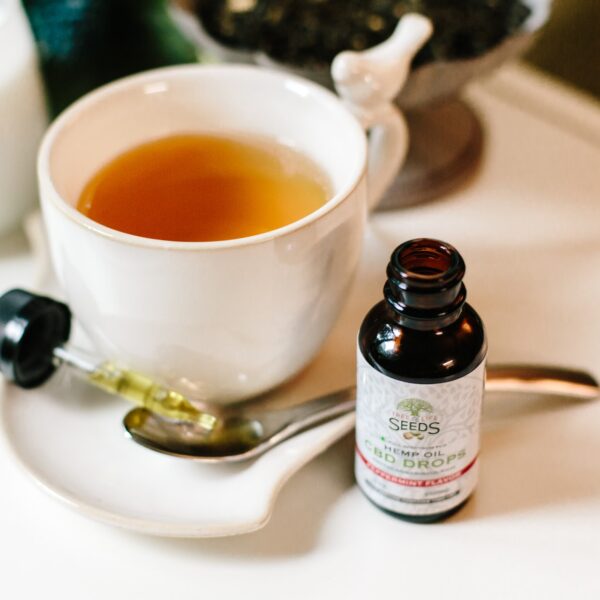Vaping was 2014’s word of the year, according to the Oxford Dictionary. Its increasing popularity as a perceived healthier version of smoking, combined with low cost and a diversity of both traditional and unique flavours, has made it a must-have product for many smokers who wish to quit.
The chemical composition of an average e-cig is fairly simple to decode, even for the non-smoker. Rather than the 4,000 or so chemicals that one would find in a cigarette there are just four ingredients in eliquid: propylene glycol, vegetable glycerine, food flavourings and nicotine.
If built by a reputable company, perhaps one who has had their e-liquid analysed as one of the many e liquid services, the first three should not present any major health worries. Propylene Glycol is a mostly inert organic compound approved by the FDA as a solubilizing agent for different types of medication. Vegetable glycerine is widely used as a food sweetener and in cosmetic products, while food flavourings can be completely natural or artificial. All of these can be dangerous if the concentrates include chemicals such as diacetyl, acetylproponyl and acetoin, but reputable manufacturers are aware of the peril and have largely eliminated them.
Of the quartet nicotine is the odd one out, but as an additional note, there are some scientists who don’t even believe nicotine is particularly harmful. One of them is Professor Ann McNeill from King’s College London, who told Reuters that smoking is the killer and not nicotine, and that the stimulant can even have positive effects by enhancing concentration and information processing.
Some remain unconvinced by vaping, including potentially an entire nation; Wales has taken the step of proposing a blanket ban on vaping indoors. The ‘justification’ is that vaping renormalises tobacco use despite the fact that there are no tobacco products involved.
Another line of reasoning for the ban is that vaping acts as a gateway drug to tobacco, in a parallel to marijuana leading to harder drugs. It seems counter – intuitive – indeed, evidence suggests that the reverse is true – and the numbers don’t add up. As this Telegraph piece suggests, surely an increase in the volume of users taking up vaping (an increase of half a million last year) would also then see an increase in smokers at the same time? It just hasn’t happened.
Scientist-journalist Matt Ridley is a sceptic of the ‘gateway’ theory, claiming that much of the idea does not hold up to scrutiny. Stating that the NHS is confident an e-cigarette is up to 1,000 times safer than its tobacco-laden counterpart, Ridley writes in the Spectator:
“In the biggest global survey, 0.4 per cent of vapers were non-smokers and not one of them went on to smoke. In the UK, 20 per cent of 15 year olds are regular smokers: they are mostly the ones who try vaping, so even in the young the technology is a gateway out of smoking, not into it.”
Studies have also shown that e-cigarettes have proved to be up to 60% more effective as a mechanism for quitting than gum or patches.
If we assume that these studies are correct, and that the general trend seems to show an overall journey from smoking to vaping and not the other way around, then the question of whether vaping is safe is perhaps secondary to whether it is safer. Even studies that suggest chemical danger in e-cigarettes seem to base their conclusions on data that sounds incorrect or improbable, such as utilising an improbably high voltage.
The true answer to the e-cigarette safety question has a simple but frustrating answer: we don’t know. Studies will continue, research will be carried out and maybe we’ll find our answer very soon.




Like this article? Share with your friends!